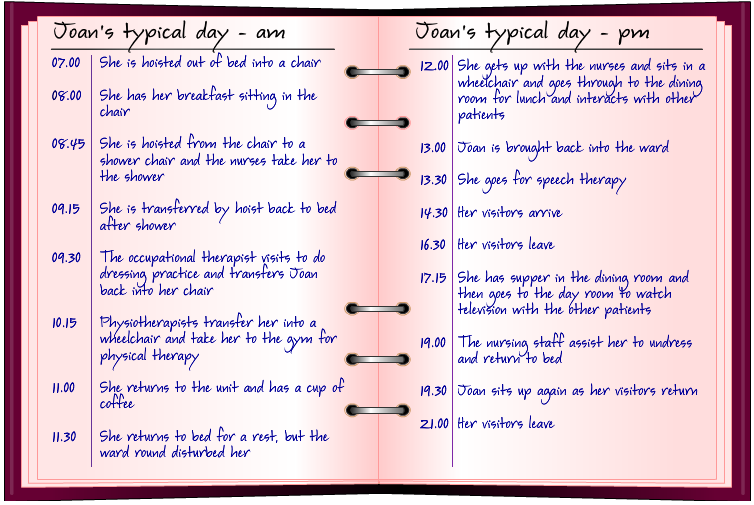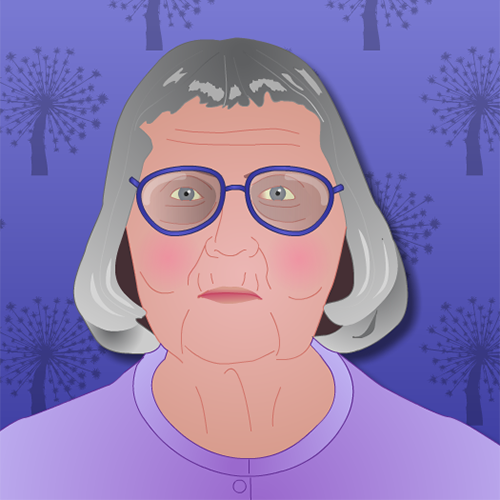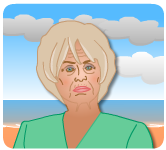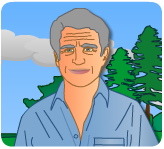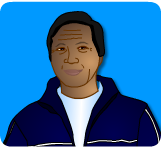Module lead
Mark Smith, Consultant Physiotherapist & Strategic Lead, Allied Health Professionals,
Stroke Rehabilitation, NHS Lothian
Group members
Jane Shiels, Physiotherapy Rehabilitation Services Lead, NHS Lothian
Karis Georgeson, Occupational Therapist, NHS Shetland
Katherine Wilson, Specialist Physiotherapist, Stroke Rehabilitation, NHS Lothian
Dr Katie Thomson, Occupational Therapy Lecturer, Glasgow Caledonian University
Katrina McCormick, Clinical eLearning Project Manager, Chest Heart & Stroke Scotland
Lynsey McAlpine Clinical Specialist Physiotherapist, Stroke Rehabilitation, NHS Fife
Margo Martin, Chest Heart & Stroke Scotland Stroke Nurse, NHS Fife
Serena Battistoni, eLearning Interactive Content Developer, Chest Heart & Stroke Scotland
This module was originally developed by:
Group Lead: Mark Smith, Consultant Physiotherapist, NHS Lothian
Group Members: Gillian Dowie, Deputy Charge Nurse, NHS Lothian
Trish Elder, Charge Nurse, NHS Lothian
Linda Gibson, Senior Occupational Therapist, City of Edinburgh Council
Claire Ritchie, AHP Rehabilitation Consultant, NHS Lanarkshire
Jane Shiels, Senior Physiotherapist, NHS Lothian
Critical Readers: Melanie Campbell, Occupational Therapist, NHS Lanarkshire
Jane Chalmers, Lead Stroke Nurse, CHSS / NHS Fife
Prof Martin Dennis, Professor of Stroke Medicine, University of Edinburgh
Sarah Garrioch, Physiotherapist, NHS Lothian
Irene Nicol, Outpatient Coordinator, NHS Lothian
Margaret Pope, Staff Nurse, NHS Lothian
